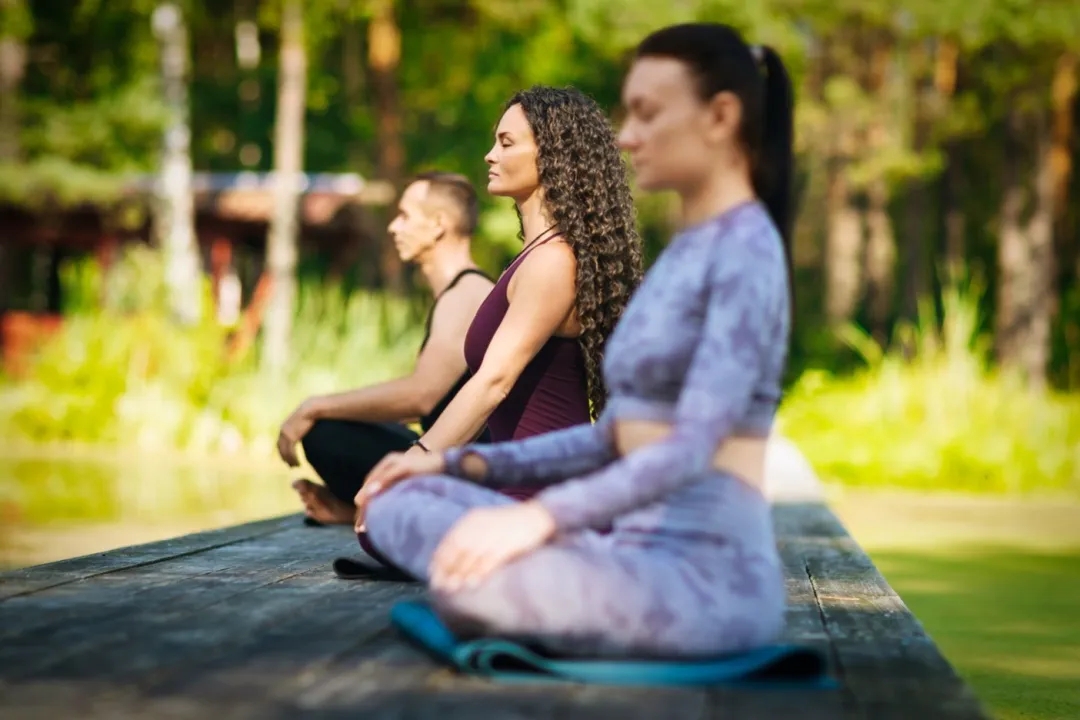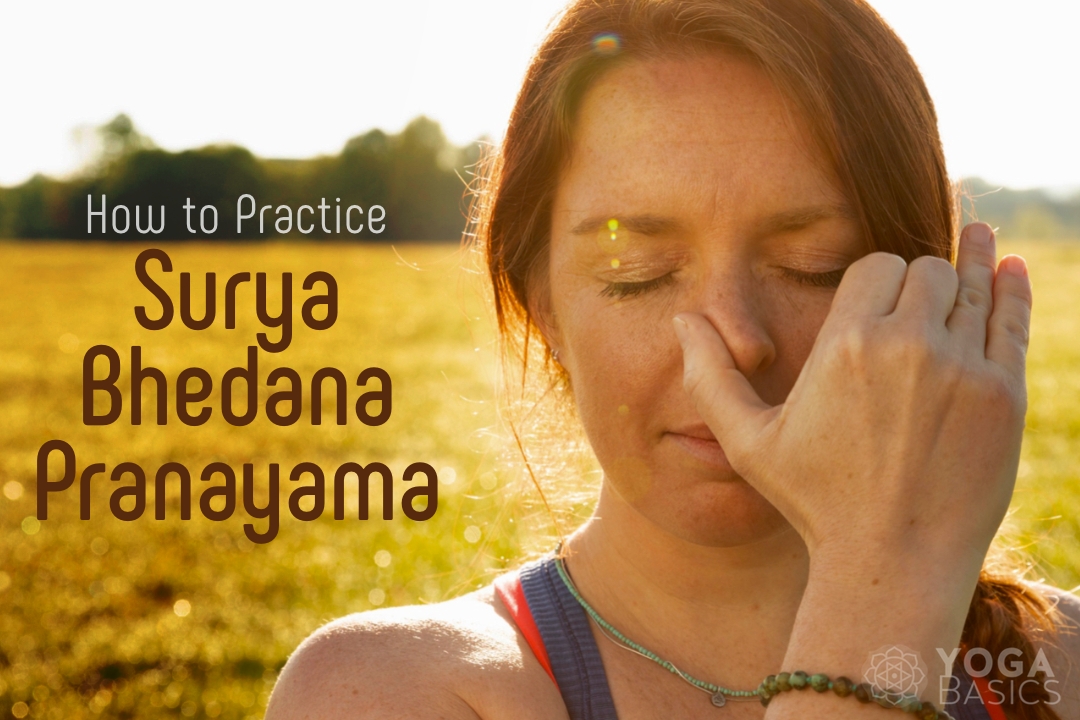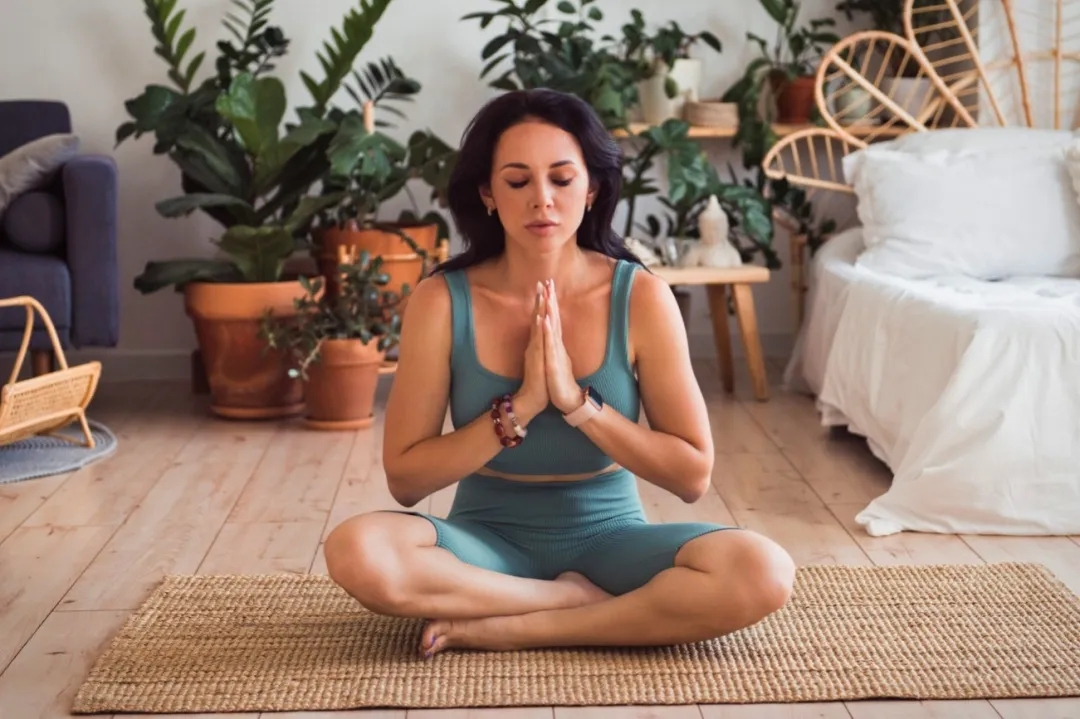A morning breathing routine is an easy and effective way to improve your health and get ready for the day. You can easily incorporate them into your daily routine, and they will help you feel energized as you start the day. These can be done anywhere, anytime. In your bed when you wake up or in your car before or after your commute. You can add a few minutes to your morning routine to feel rejuvenated and energized. This will help you get more done during the day. First, choose the technique that works best for you.
What is morning breathing?
Morning breathing is the mindful and conscious practice for a few moments in the morning of one or several breath-based exercises. They are typically done seated, but they can also be performed lying down or standing. Add some deep breathing exercises into your morning routine to boost your energy and focus.
Morning breathing exercises have many benefits
In one word, we can sum up the importance of morning breath practice: awareness. Our mind and body are more relaxed and in balance when we are conscious of the moment. We feel better all day long because we started the day by taking a few moments to calm down and center our emotions and mind. It helps us focus on the important things and not get distracted by other things. This allows you to make better decisions about how to spend your precious time.
Pranayama is a breathing technique that uses a unique pattern of breath for several health benefits. These include increased oxygenation and blood flow, reduced pressure, improved lung function, calmer concentration and better concentration. By practicing mindful breathing, you bring your focus to the present. It is an effective way to reduce anxiety and stress, because you don’t think about the future or past. Even a few slow, mindful breaths can help you prepare for the day ahead.
Diaphragmatic breathing vs. chest breathing
Stress and anxiety are often caused by chest breathing or shallow breathing. When we feel nervous or anxious, the heart rate increases and blood flows more quickly through arteries. Oxygen levels also decrease. We breathe faster and shorter than usual. This can cause shortness of breathe, sweating and nausea. It may also lead to headaches and muscle tension. During stressful situations, you are more likely to breathe through your chest. This is especially true if you have been feeling stressed recently. This can lead to panic attacks if it happens too often.




